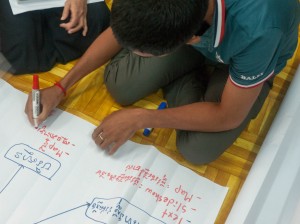Checking the lies – the global fact-checking explosion
 There’s a boom in fact-checking sites seeking to combat misinformation and untruths spread by public figures. In 2014, new initiatives popped up as far afield as Uruguay, Turkey and Ukraine.
There’s a boom in fact-checking sites seeking to combat misinformation and untruths spread by public figures. In 2014, new initiatives popped up as far afield as Uruguay, Turkey and Ukraine.
![]() read more
read more
Vlogging for journalists – get video online easily
 As the appetite for video content online keeps growing, many media organizations are scrambling to put video on their websites. But for those doing video for the first time, it’s not necessary to shoot documentary-level quality to attract viewers. A simple alternative is video blogging, or vlogging. Vlogs are easy to produce and can quickly build up a following. Here’s what vlogging journalists should think about before letting the camera roll.
As the appetite for video content online keeps growing, many media organizations are scrambling to put video on their websites. But for those doing video for the first time, it’s not necessary to shoot documentary-level quality to attract viewers. A simple alternative is video blogging, or vlogging. Vlogs are easy to produce and can quickly build up a following. Here’s what vlogging journalists should think about before letting the camera roll.
![]() read more
read more
Dealing with online errors and corrections
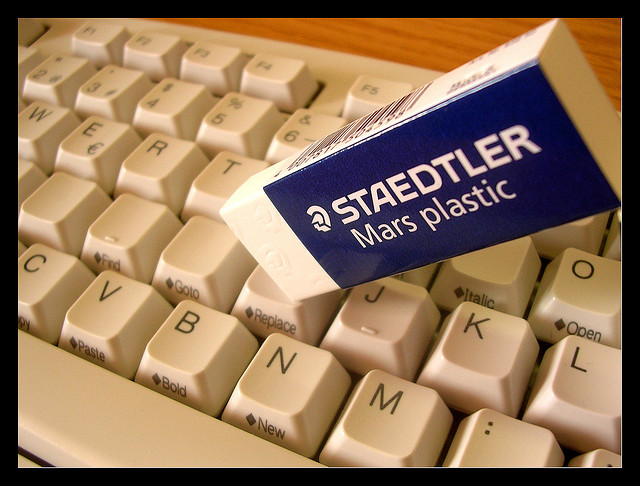
(photo: flickr/Jorge Felipe Gonzalez CC: BY-NC-SA)
Journalists and editors make mistakes no matter how careful they are. It’s standard to publish a printed correction when the error’s in a newspaper article. In the online world though, there’s less consensus on how to handle corrections and clarifications. Some media organizations simply make errors vanish by deleting them and clicking on the ‘update’ button. Others say that this isn’t enough and publishing a correction note is the only ethical option. onMedia’s Kyle James looks at best practices around correcting online errors and mistakes.
![]() read more
read more
10 must-reads on media trends and changes
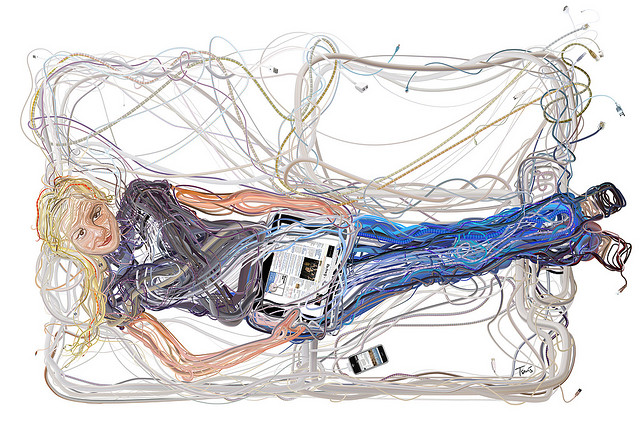 It’s difficult for anyone – let alone busy journalists – to keep up with everything happening in the media world. But don’t worry, onMedia’s got it covered. From changing newsroom practices to new ways of analyzing Twitter and presenting stories online, our guest author Gianna Grün brings you this list of thought-provoking reads.
It’s difficult for anyone – let alone busy journalists – to keep up with everything happening in the media world. But don’t worry, onMedia’s got it covered. From changing newsroom practices to new ways of analyzing Twitter and presenting stories online, our guest author Gianna Grün brings you this list of thought-provoking reads.
![]() read more
read more
Fostering freedom of expression with digital technologies – a manifesto for the Global South
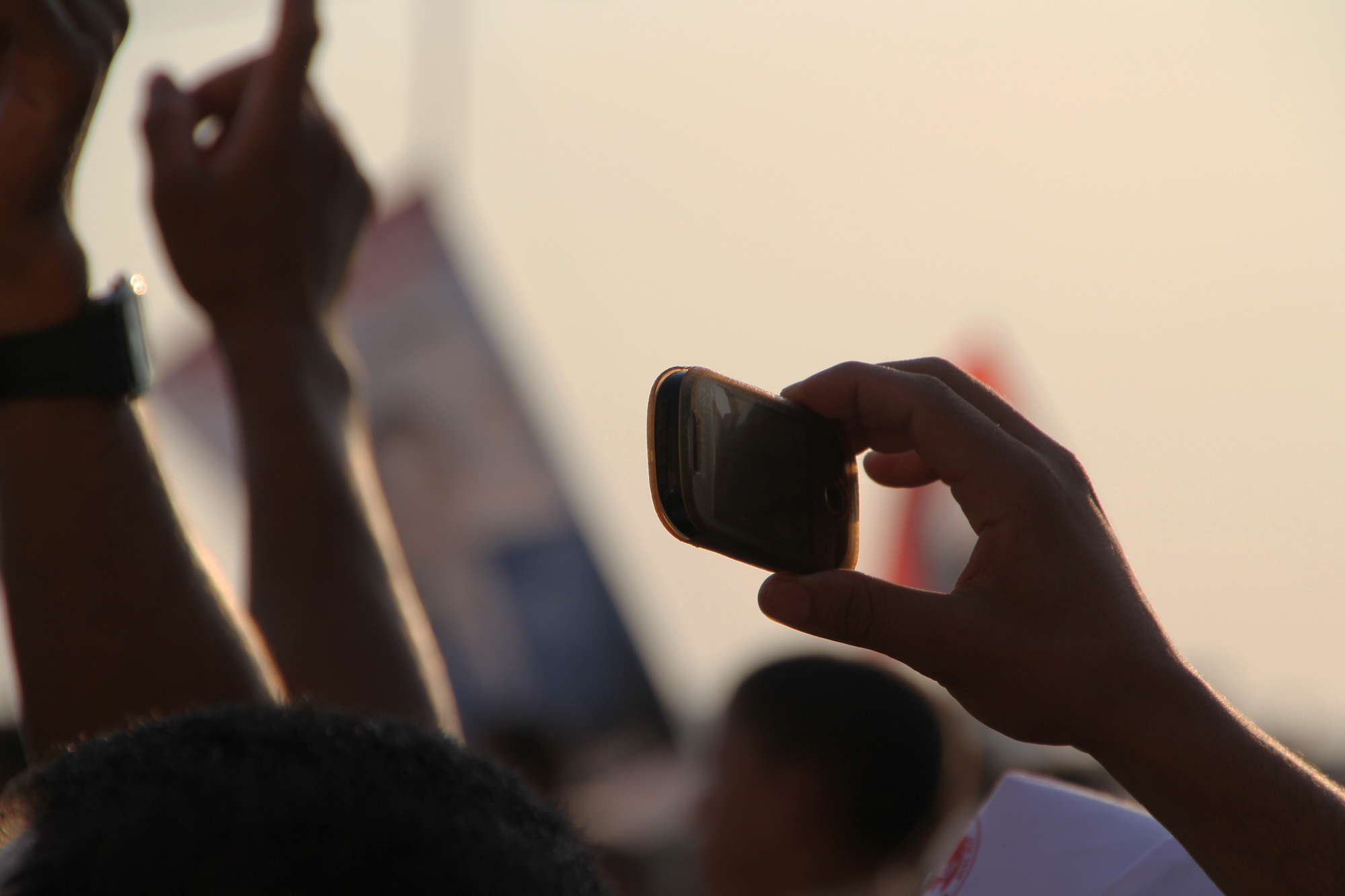 Digital innovators from 16 different countries have created and signed a manifesto for using digital technologies to foster freedom of expression in the Global South.
Digital innovators from 16 different countries have created and signed a manifesto for using digital technologies to foster freedom of expression in the Global South.
Called the South2South Manifesto, the document contains seven guiding principles as well as concrete, practical recommendations.
![]() read more
read more
A new media model worth watching – The Conversation
![]()
The Conversation is a popular Australian online news site that uses academics to cover breaking news and analyze current debates. The idea behind the model is to team up university researchers, who know a lot about many things but can’t necessarily write for a mainstream audience, with editors, who can. The combination of “academic rigour with journalistic flair” (the site’s slogan) has proved a roaring success and The Conversation now attracts nearly 20 million reads a month.
Largely funded by partner universities, the articles are free to read, there are no limits to the number of articles people can read and there is no advertising. In an interesting twist, articles are also free to republish under a Creative Commons license. And in an era where news organizations are continually slashing budgets and laying off staff, the not-for-profit has managed to export its model beyond Australia’s shores to the United Kingdom and the United States.
OnMedia spoke with The Conversation’s founder, Andrew Jaspan.
![]() read more
read more
Online comments are being shut down
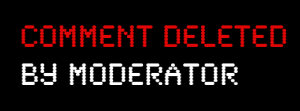 One by one, news sites are changing how they deal with reader comments below online articles. Some are choosing to shut down online comments completely. Others have assigned members of staff the task of strictly moderating comments left by readers, and deleting ones deemed inappropriate. And some have begun outsourcing comments all together to social media sites like Facebook.
One by one, news sites are changing how they deal with reader comments below online articles. Some are choosing to shut down online comments completely. Others have assigned members of staff the task of strictly moderating comments left by readers, and deleting ones deemed inappropriate. And some have begun outsourcing comments all together to social media sites like Facebook.
But hang on, don’t editors appreciate reader participation anymore? Well, it seems they do, but they’re tired of combatting racist and sexist comments, vulgar allusions and off-topic discussions that don’t offer any insight or value to other readers (or so they say).
![]() read more
read more
Crucial questions when using digital technology in media and transparency projects
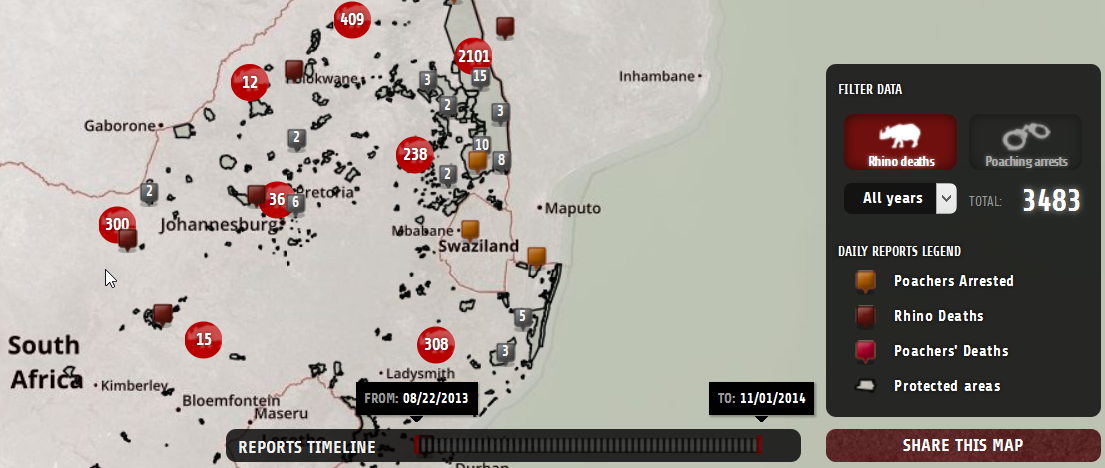
Oxpeckers.org uses digital technology to map rhino deaths in southern Africa
There are some amazing media and advocacy projects that digital technology. But for every success story, there are dozens of others that are just not working or are simply muddling along. OnMedia has put together thirteen important questions you need to consider before starting up any new digital technology initiative.
![]() read more
read more
12 tips to using digital technology for media and advocacy

African SkyCAM drone
The South2South Media Dialogue recently brought together 14 amazing journalists and activists from Latin America, Asia, the Middle East and Africa who are all working in the trenches – creating new tools and new ways of using technology to increase people’s freedom of information and expression. Their experiences range from mapping Rhino poaching deaths in southern Africa and using the crowd to open up data in Argentina to providing audio news on mobiles in India, conducting investigative journalism in Peru and starting up Palestine’s first hyperlocal news site.
At the four-day event in Cape Town, they talked about their own initiatives and shared many of the pitfalls and possibilities of implementing and running projects which use digital technology. So here’s your chance to learn from them.
![]() read more
read more
How to plan your multimedia story
An online multimedia story is a combination of video, text, photos, audio, graphics and interactive elements where each aspect complements the others. It allows a reporter to draw on the strength of each medium to tell a more compelling story.
But making a multimedia story really shine requires forethought and planning. Even before going out to report, journalists need to think about how they’re going to approach the story, when they’re going to use video, text, sound or photos, and then tie everything together to create a cohesive package. onMedia’s Kyle James has tips on doing the prep work to make sure your multimedia story is a success.
![]() read more
read more




